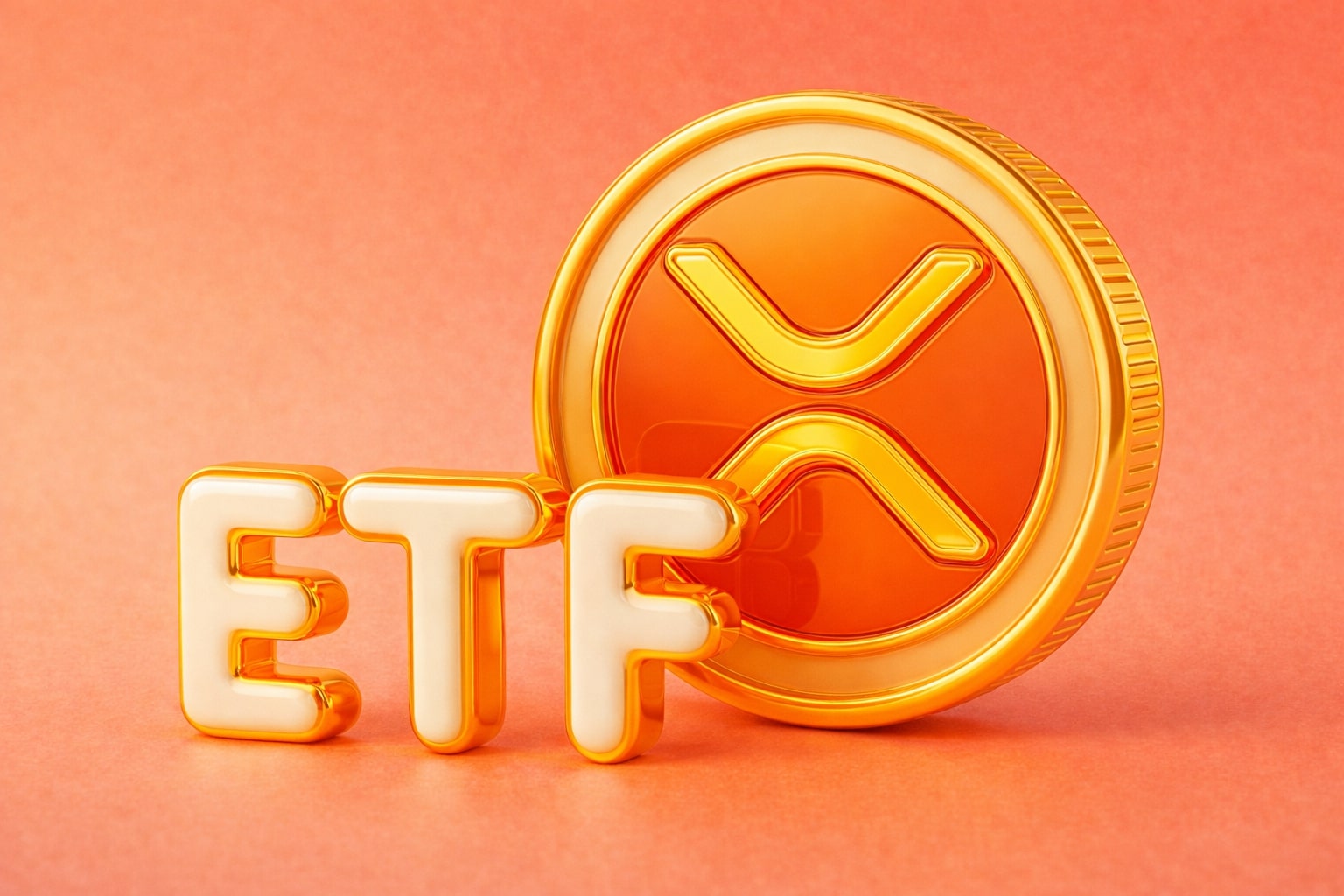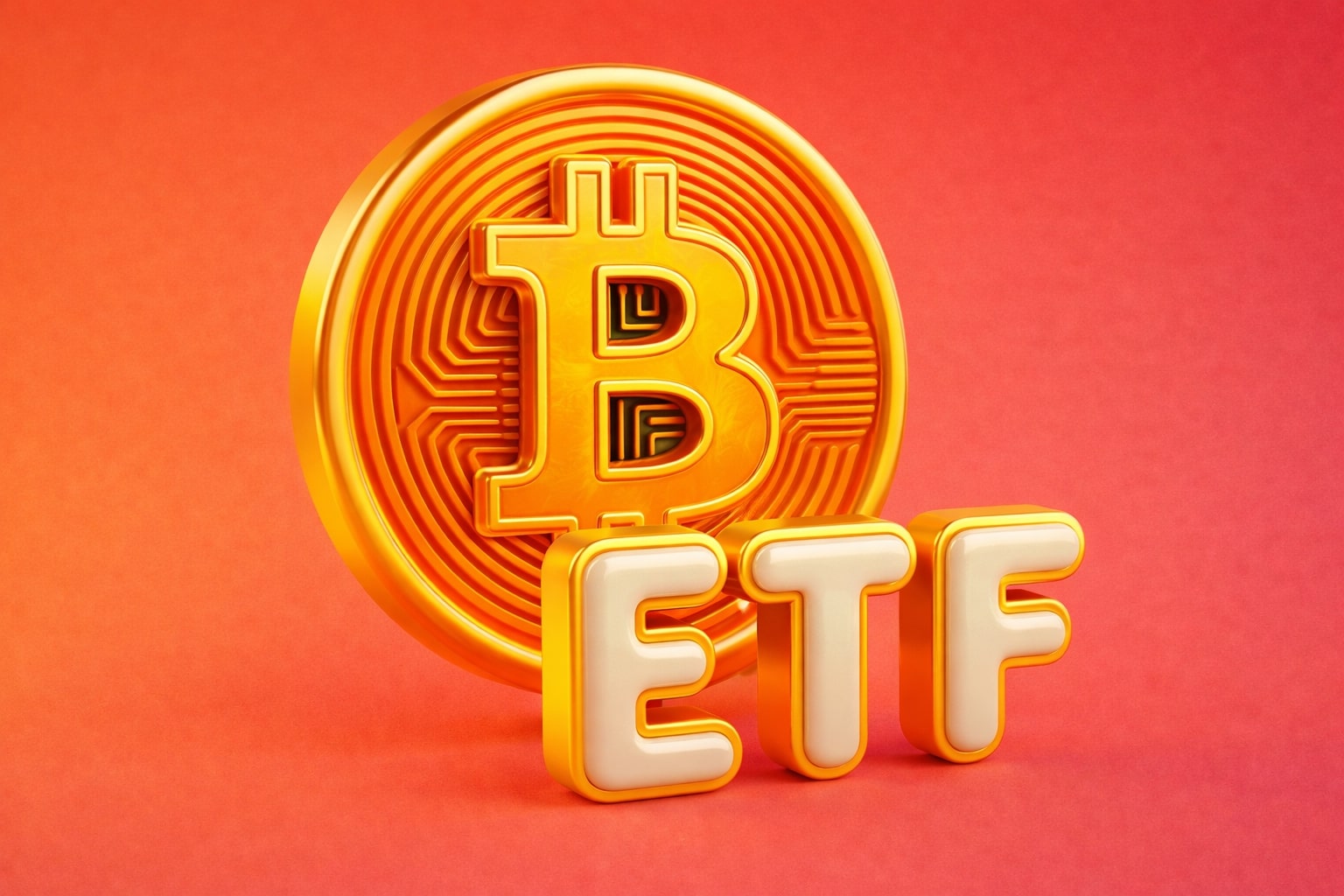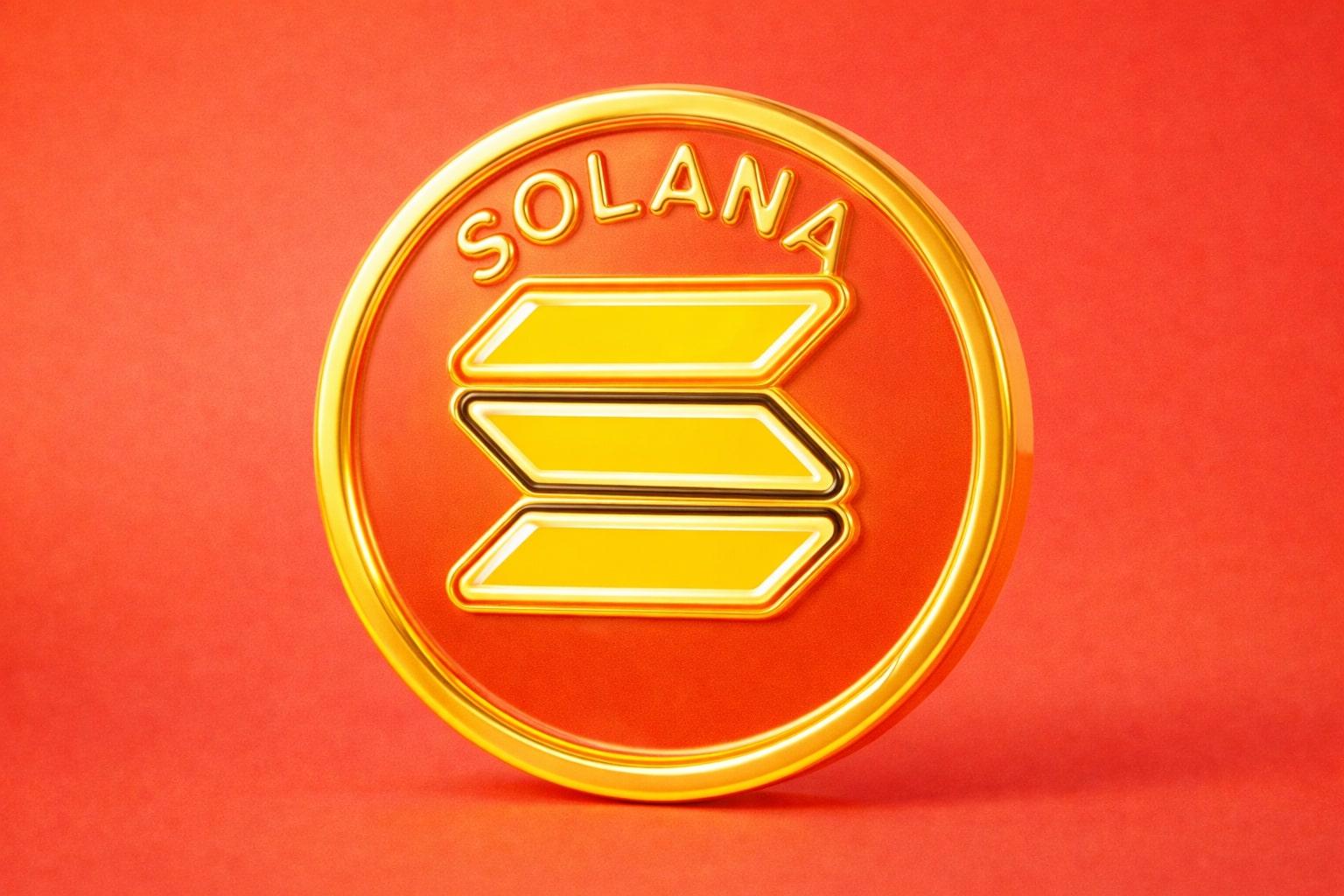
Ethereum's ETFs and Whale Dynamics
From regulatory advancements with the SEC's pending decision on Ether Futures ETFs to the strategic moves of cryptocurrency whales, discover how Ethereum continues to shape a rapidly changing landscape | That's TradinNEWS
Ethereum's Remarkable Journey: A Comprehensive Analysis
Ethereum's Record Highs and Market Dynamics
On November 10, 2021, Ethereum (ETH) recorded an all-time high price of $4,878, coupled with an all-time high market capitalization of $548.4 billion. Just two years prior, the Ethereum Network implemented key updates that drastically transformed the supply dynamics of Ether, the network's native token.
Interestingly, despite these significant changes, ETH continues to grapple with its token's inflation. Data retrieved as of August 18 reveals that with a circulating supply of around 120.21 million ETH, one Ether would be valued at nearly $4,570 — a deviation of $308 (6.3%) from its price peak in USD terms.
Innovative Network Changes: The Merge and Beyond
The second noteworthy alteration was the initiation of The Merge (or Paris), executed on September 15, 2022. Paris amalgamated Ethereum's blockchain with the Beacon Chain, substituting the antiquated Proof-of-Work (PoW) consensus mechanism with a more efficient Proof-of-Stake (PoS). This transition led to a substantial reduction in ETH's emission and significantly lowered the costs for entities to sustain the network.
Supply Inflation, Gas Fees, and The Burn Mechanism
Post-Merge, a little over 3 million ETH were incorporated into Ether's circulating supply. This process entailed issuing 6.56 million ETH as block subsidies to Ethereum's validators, counterbalanced by 3.55 million ETH burned as part of gas fees.
The current estimates place Ether's annual inflation rate at a mere 1.26%, compared to a projected 3.16% had 'The Merge' not been implemented. Furthermore, an average annual burn of 1.75 million ETH is expected, although these numbers are intrinsically tied to network usage.
In a related development, Visa (NYSE: V) introduced a protocol change known as Address Abstraction (ERC-4337), allowing users to pay Ethereum gas fees via Visa Credit Cards. This adjustment could further influence fee expenditures and future projections for ETH's price.
ETH's Recent Performance Analysis
As of August 18, ETH was traded as low as $1,680 following significant losses affecting the entire cryptocurrency market, recording an 11% decrease over the past 30 days. Uncertainty persists regarding whether ETH will revisit its all-time high market cap of $548.4 billion. Several experts had predicted a price drop, while also spotting two positive developments for Ethereum.
Upcoming Developments: The Holesky Testnet
The Ethereum Foundation has revealed plans for a new testnet named ‘Holesky,’ scheduled to launch on September 15, 2023. DevOps at the foundation, Parithosh Jayanthi, confirmed the successful testing of 1.4 million validators on Holesky. The testnet is set to launch with 1.6 billion Holesky ETH in circulation.
Holesky will eventually replace the Goerli testnet and lay the groundwork for future Ethereum upgrades like Cancun and Deneb. It also contains a clever easter egg related to the postal code of its namesake Czech Republic city.
Market Turbulence and The Crypto Crash
The cryptocurrency market has recently experienced turmoil, with bitcoin plunging more than 10%, subsequently affecting other major cryptocurrencies. Doubts cast over BlackRock's landmark bitcoin ETF bid and warnings from former SEC officials have contributed to the uncertainty.
Additionally, the SEC's delay on approving several spot bitcoin ETF applications, including those from prominent asset managers, has further fueled market instability. The crypto-regulatory landscape might also shift following the next U.S. presidential election, as outlined by regulatory expert Stark.
Bright Spots: ETFs and Whale Activity
Ethereum’s Entry into ETFs
The recent buzz around the cryptocurrency market is the Securities and Exchange Commission’s (SEC) impending decision on the first Exchange-Traded Funds (ETFs) based on Ether Futures. With approvals possibly coming as early as October, the industry is eager to see what impact this might have on Ether’s price and adoption.
The move by the SEC may indicate a broader acceptance of digital assets and marks a shift in regulatory perspective. While previously the focus has been on spot Bitcoin ETFs, attention is now turning to other cryptocurrency products. Analysts such as ETF expert Eric Balchunas weren’t surprised by this development, viewing it as a sign of evolving regulatory attitudes.
Several companies, including ProShares, Volatility Shares, Bitwise, and Roundhill, have filed applications for Ether futures ETFs. While the specific applications to be approved remain unclear, the collective action indicates a growing confidence in Ethereum as a valuable asset.
Coinciding with this news, Nasdaq-listed cryptocurrency exchange Coinbase has secured regulatory approval to offer Bitcoin and Ether futures trading in the United States. This follows Coinbase’s application to the National Futures Association (NFA) in September 2021 and is another positive step towards mainstream acceptance of these digital assets.
Whale Movements and Market Dynamics
In the world of cryptocurrencies, the actions of a few large players can significantly impact market dynamics. A recent example of this is a cryptocurrency whale who liquidated over $41 million worth of Ethereum just before a market crash, thereby avoiding a steeper decline.
Though the whale realized a loss of $1.7 million, the maneuver was tactically executed, selling the 22,341 ETH through leading exchange Binance and then withdrawing the funds as USDT. This activity was observed by on-chain analysis service Lookonchain and provides a fascinating insight into how large players can navigate volatile market conditions.
While some may view the whale's actions as an alarm bell, it is essential to consider the broader market trends. Despite reports of China’s property giant Evergrande filing for Chapter 15 bankruptcy protection and unconfirmed rumors of SpaceX selling all its Bitcoin, Ethereum’s price outperformed Bitcoin in the recent slump. Ethereum’s performance is likely tied to optimistic reports, including the aforementioned SEC’s potential approval of ETFs and other bullish developments within the ecosystem.
Conclusion: A Dynamic Landscape
The Ethereum network continues to be at the forefront of technological advancement and market innovation. From reaching an all-time high price in November 2021 to the drastic changes in its supply dynamics through updates like The Merge, the landscape is continually evolving.
Recent developments like Ethereum's possible entry into the ETF market and peculiar whale activities show the multifaceted nature of the space. The anticipated launch of the Holesky testnet, Ethereum’s future upgrades like Cancun and Deneb, and the integration of payment solutions like Visa for gas fees reflect the network's commitment to scaling and improving user experience.
However, the road ahead is not without its challenges. Inflation concerns, market volatility, and regulatory hurdles continue to be pertinent issues. The Ethereum network's ability to adapt, innovate, and grow amidst these challenges will be key in shaping its future trajectory.
Investors, developers, and users alike must stay vigilant and informed as Ethereum navigates these uncharted waters, ever-cognizant of the opportunities and risks that lie ahead in this dynamic and rapidly evolving market.
Read More
-
UCO ETF Price Forecast: Can NYSEARCA:UCO at $18.57 Ride a 2026 Oil Squeeze?
18.12.2025 · TradingNEWS ArchiveStocks
-
XRPI at $10.50 and XRPR at $14.93 Hit XRP ETF Lows While XRP-USD Holds $1.84 After 30 Days of Inflows
18.12.2025 · TradingNEWS ArchiveCrypto
-
Natural Gas Price Forecast: Henry Hub Holds Around $4 as EIA Draw Hits 167 Bcf
18.12.2025 · TradingNEWS ArchiveCommodities
-
USD/JPY Price Forecast: Pair Holds Above 155 As BoJ And US CPI Set Up A Major Break
18.12.2025 · TradingNEWS ArchiveForex

















